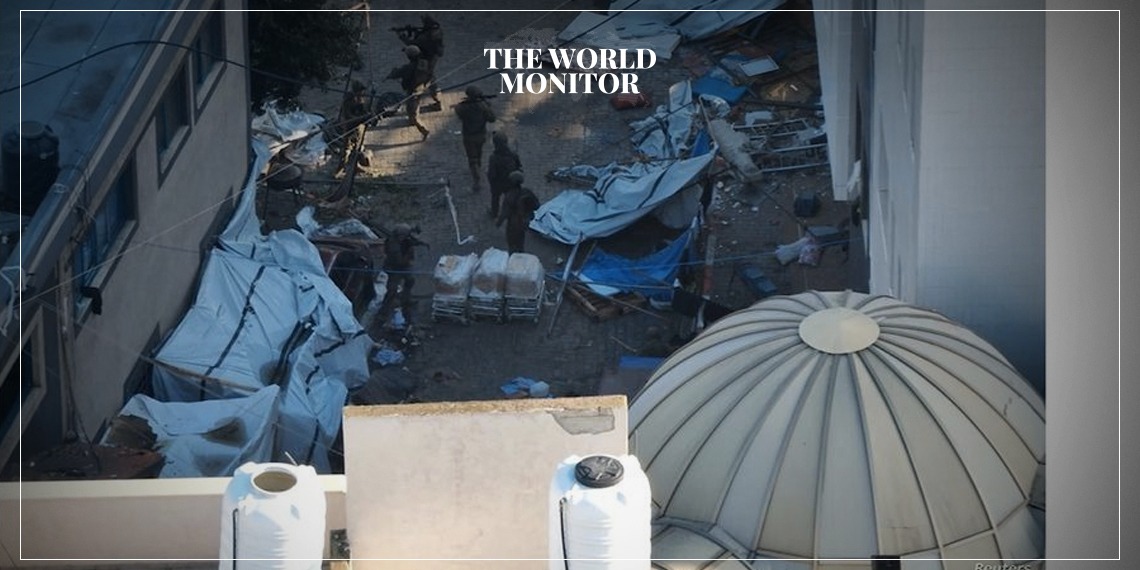In a recent development that has escalated tensions in the already volatile Gaza Strip, the Israeli military demanded the immediate evacuation of the Al-Shifa Medical Complex in Gaza City. This call for evacuation, issued on Saturday, poses a dire challenge as the hospital currently houses thousands of patients, medical staff, and displaced persons from other areas.
Palestinian journalist Raed Lafi, reporting from the Gaza Strip, conveyed the urgency of the situation in a phone call with Alhurra. He highlighted the logistical nightmare of evacuating a large number of people, including those in critical condition and premature infants, within a mere hour. The journey from the hospital to southern Gaza, the suggested relocation area, takes approximately 30 minutes to an hour for healthy individuals, let alone for patients requiring intensive care and equipped ambulances.
Further complicating the situation is the absence of a qualified hospital in southern Gaza. Typically, critical cases are transferred from both the southern and northern parts of the Strip to the Al-Shifa complex. The hospital itself is under siege, with Israel restricting basic necessities, including a limited food supply that barely suffices for the 400 displaced individuals sheltering there.
While there are no armed clashes reported within the hospital premises, Palestinian armed factions report skirmishes in the vicinity of the hospital, situated in the western half of Gaza City. This demand for evacuation has raised international concerns about the humanitarian impact on the already strained medical infrastructure in Gaza and the safety of patients and medical staff. The situation at Al-Shifa Medical Complex reflects the broader challenges in the region, where access to medical care is frequently hindered by ongoing conflict and political strife.
The situation in Gaza highlights the intersection of health and conflict. Prolonged conflicts not only lead to immediate injuries and deaths but also have long-term health implications for the affected populations. The spread of diseases in such contexts is often overlooked but can have devastating effects.






